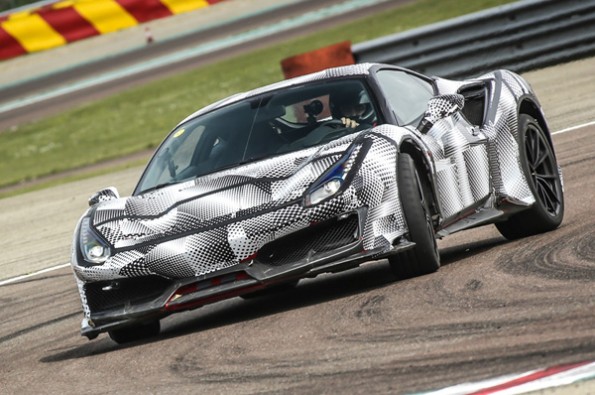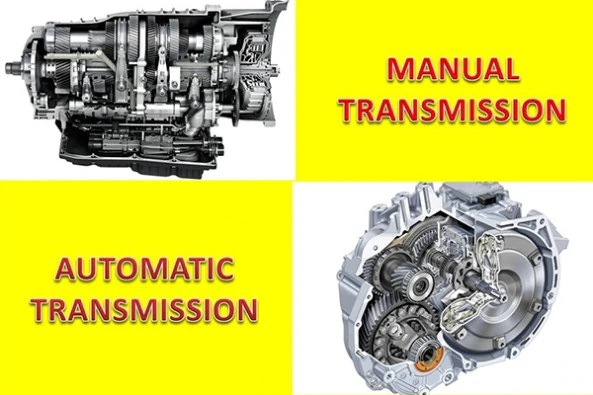The name of the new 488 variant, the ‘Pista’ properly describes the cars intentions. Pista is the Italian work for ‘track’ and it’s the track where this car will feel its best. We were driving the car at the company’s own Fiorano circuit. This means, we would be driving it exactly where the car belongs.

The Pista follows in the footsteps of its V8-powered previous generation models like the 458 Speciale, 430 Scuderia and the 360 Stradale. These offerings from the company were all developed in order to be the best around the track. The Pista has big shoes to fill but Ferrari isn’t holding back. It gets the most powerful V8 engine ever made by the manufacturer. Ferrari took the motor from 488 and tweaked in order to make 720hp. Furthermore, the torque has also gone up to 770Nm. This power gain combined with a 90kg weight loss has resulted to an impressive power-to-weight figure. The Pista also manages to reach 100kph in just 2.8sec and 200kph in just 7.6sec. This puts it right up there when compared to its biggest competitor – McLaren 720S.
The car we are driving is a prototype which is why it wears a camouflage. However, the car had already been unveiled at the Geneva motor show which leaves us a bit confused about the same. The supercar maker says that the prototype is 90 percent ready for production and will go on sale in June this year.
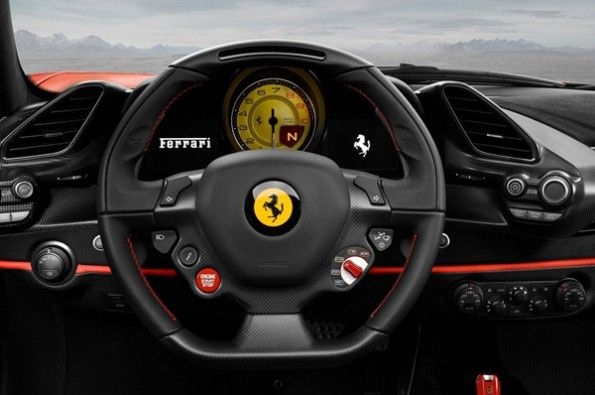
On the inside, the supercar remains similar to the regular 488 but with a lot more premium materials – like alcantara and carbon fibre. The camo on the car does hide a lot of design elements including the large stripe that runs along the car. However, you can’t miss the changes that have been made to the panels which like they have been crafted in the wind tunnel.
The biggest change on the car is towards the front, the bonnet now houses a large scoop. This is done so that air passes through the car while increasing downforce. Another obvious change is the redesigned front bumper which has a sucks in more air. The bigger spoiler at the rear also increases downforce.
Another nice aero engineering touch is the redesigned side vents. These vents allow for increased air flow and help cool the engine and intercooler. This results to the intake charge temperature reducing by 15 degrees which in turn increases the power output.
When looked at from the rear, the Pista looks like the regular car with a similar diffuser. However, the underbody vortex generator on the car has been tweaked to produce 20 percent more downforce. Additionally, all the new aero bits have resulted to an increase of downforce of 20 percent. The Pista also borrows a lot of weight-saving bits from the challenge car like the lightweight battery and 20-inch carbon fibre wheels.
Interestingly, the Ferrari uses aluminium for its construction and not carbon-fibre like McLaren does. Helping the car reduce weight are carbon-fibre bumpers on both ends and rear spoiler. The new motor is 18kg lighter than the regular 488’s unit. This reduction in weight helps lower the weight of the car and changes the way it performs. Many contributing factors are lighter con-rods, lighter flywheel and crankshaft. These components are off the Challenge race car.
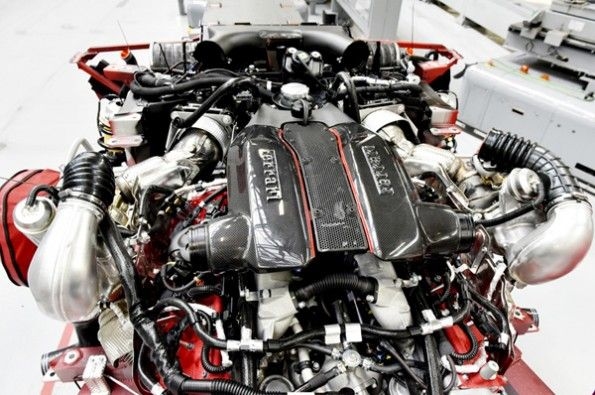
The sound this reworked motor makes is significantly louder and sharper as well. When you push the pedal to the floor you will be able to hear a nice rumble. Ferrari says the motor is now eight decibels louder. Even though this motor is louder and has a better sounding note, we still miss the high revving V8 engine was in the 458 range. This engine just cannot rev as high as the older motor because it uses turbos and isn’t naturally aspirated.
However, the throttle response on this car is monumental. The tiniest input on the throttle pedal can significantly affect the power delivery. The Italian supercar maker artificially adjusts torque in different gears. Power is offered in a linear manner without any sense of turbo lag.
The power on the car is explosive and it took us some time to get used to it. The car is clearly faster than the GTB, especially in the mid-range. The car revs so quickly that the shift lights on the steering wheel are always lighting up. The motor reaches 8,000rpm quickly but we do wish the car offered another 1,000rpm. The Pista has a unique ‘wall’ limiter, which cuts off all the power at max redline.
After we hit a few corners, we came to the realisation that the handling is flawless. The Pista only further enhances the already-good handling of the 488. The steering feels quick and the car provides tons of grip while also being light on its feet. However, the car does have some understeer, this makes the car feel balanced even on and off throttle. Another nice touch is the manufacturer’s CT-OFF mode which lets you slide the car without losing complete control of the supercar.
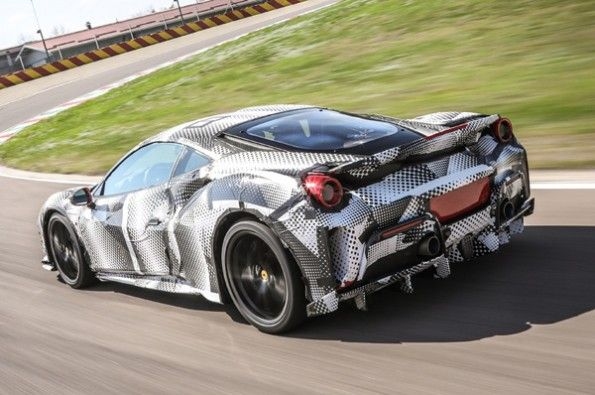
One must make note of the new Michelin Sport Cup 2 tyres the car uses. They offer good amounts of grip, while also being pliant on the roads in the country. The low-profile of the tyres managed to cop surprisingly well over rough tarmac. Additionally, the short drive we got the roads also made us realise just how usable this car was. We also switched over to the automatic mode and were impressed with the smooth shifts.
Impressively, Ferrari has raised the bar with every track-special it has launched and the Pista is all set to follow that tradition.
